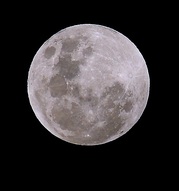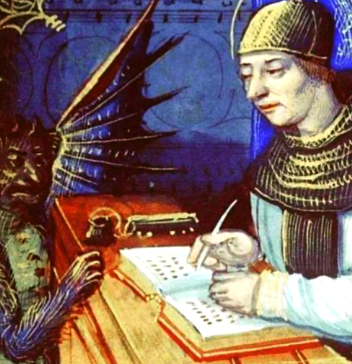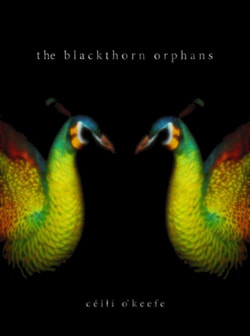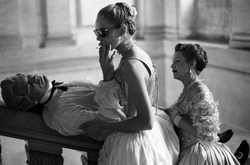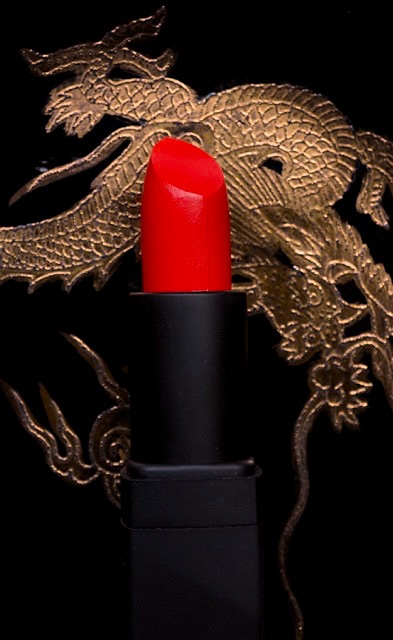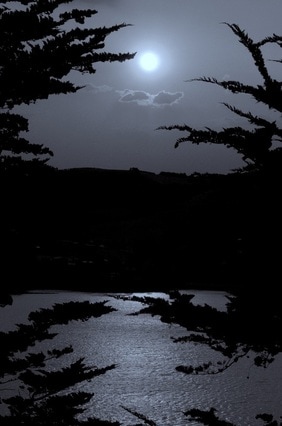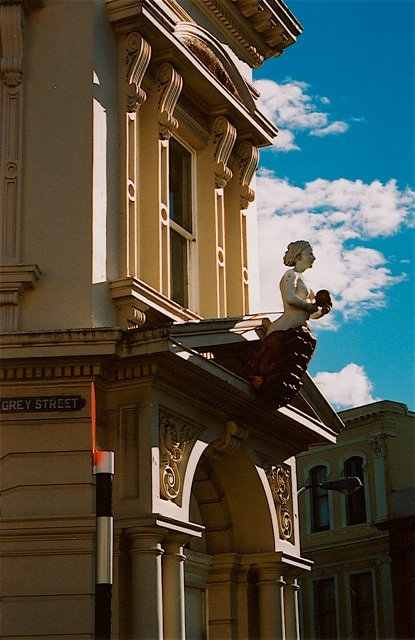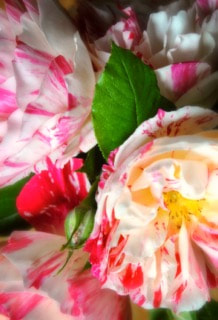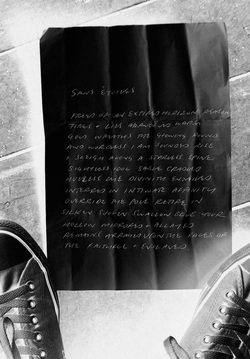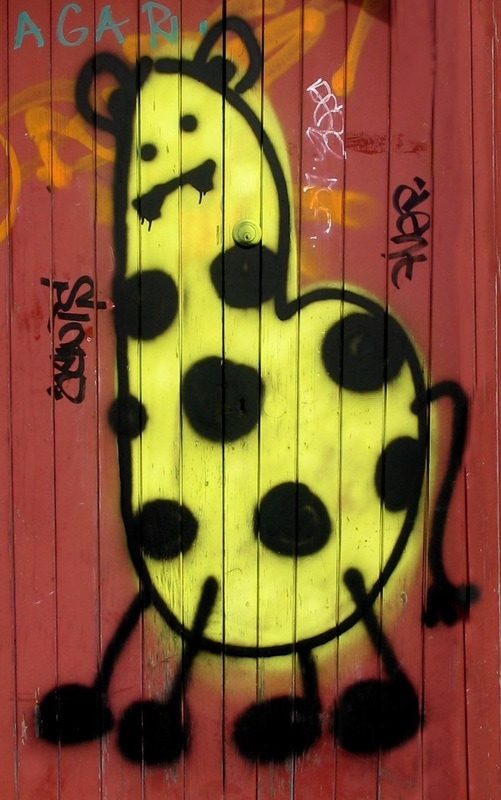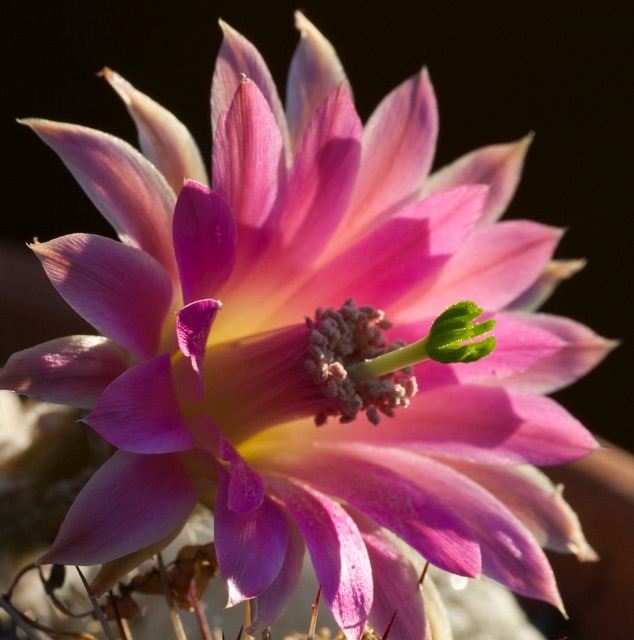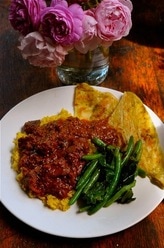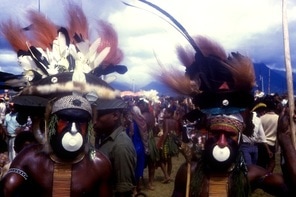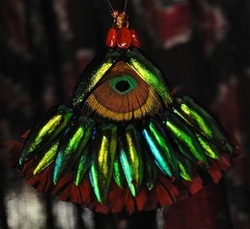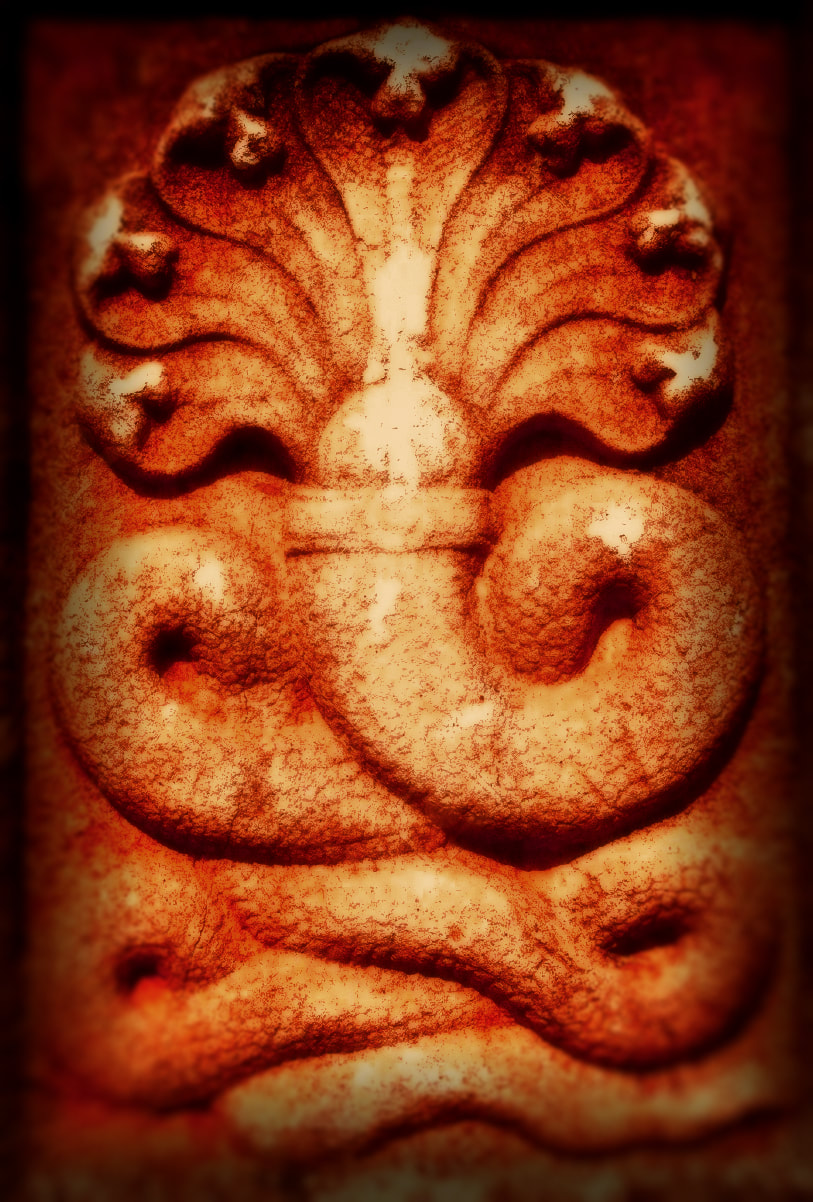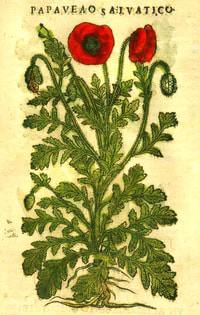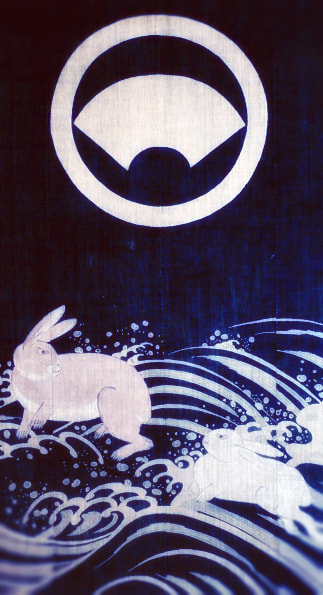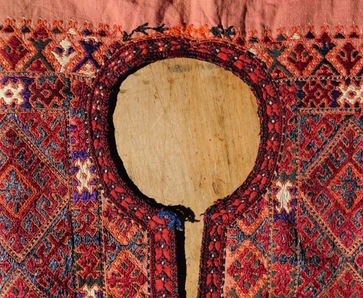
We began this series with a post on a couple of Banjara gala and encourage you to read that first for an overview of this sort of thing.
Domestic textiles, especially tribal work, have long been seen as the poorer cousin twice-removed of the princely silks and ikat favoured by prominent collectors and institutions, but with the latter examples being priced so far out of many enthusiasts' reach in recent years, perhaps these 'homelier' items are starting to get the attention they deserve. There's nothing basic about this gorgeous gem-like Baluch breast panel. The casual trade often just calls these pieces 'tribal Afghan' or 'Kuchi' but I'm going to stick my neck out with the specific attribution because of the characteristic nature of the motifs.
These are sections from voluminous robe-like dresses simply constructed from plain fabric- homespun or trade cloth- then embellished by the female relatives of the recipient. I don't know if these older panels were saved for use in newer garments and assume they're being salvaged mainly for sale these days, but exemplary tribal textiles and dowery work were historically treasured and recycled, for instance into appliqué covers and festive hangings.
| The panel, centring on a petite neckline finished with the brilliant little tassel featured above, is, I think, plain or satin-stitched with knobbly silk floss over a backcloth of slightly faded apricot-pink handwoven cotton. Some of the silk colours seem organically-derived, particularly the blue, but purples are often suspicious and this one looks like a commercial dye. The saturated colours and dense geometry of this composition remind me of enamelled tiles or cloisonné The Baluch or Baloch (Balochi: بلوچ - the term has a dozen different spellings in English) people are/were a nomadic minority famous for their low black tents and lately occupy an area stretching across Iran, Afghanistan and Pakistan partially determined by the pressures of conflict. Baluch women are noted for their extravagant dress and a domestic rug production long favoured by the cannier end of the market. Their aesthetic tradition seems pulled between two opposing poles; the sombre palette and hypnotic, conservative repetition of older work contrasting violently with an almost chaotic modern idiom reflecting the upheavals of their bellicose environment. This blouse piece is all archaic motif rather than the wonky representationalism of Baluch war rugs. |
In contrast is this suspiciously tourist-friendly niqaab type-construction below (I have neither the patience nor inclination to unravel the intricacies of veiling terminology), recently acquired from a bazar in northern Afghanistan that began life as a circa 1980's dress front. Although I don't know which group produced this work, the material differences are obvious and the sizzling modern palette certainly underlines the gulf between contemporary and traditional dyestuffs. Personally, I enjoy both the mellowed harmony of the older piece and the eye-humping garishness of this later example.

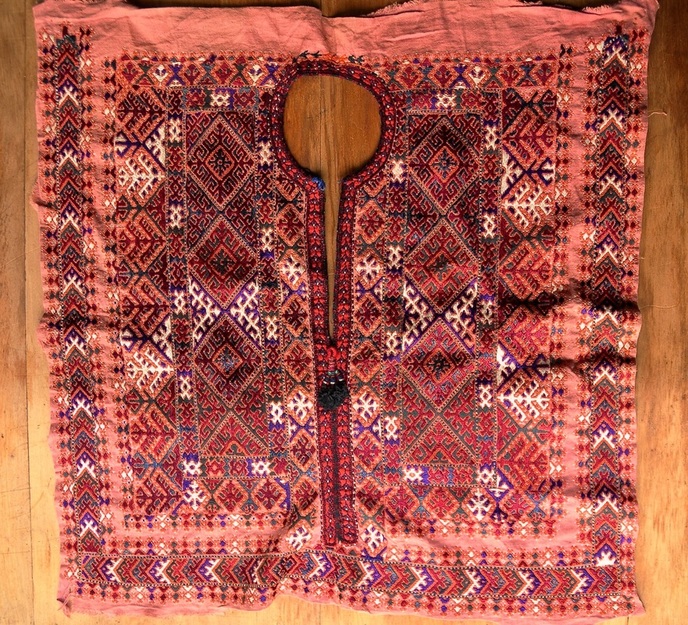
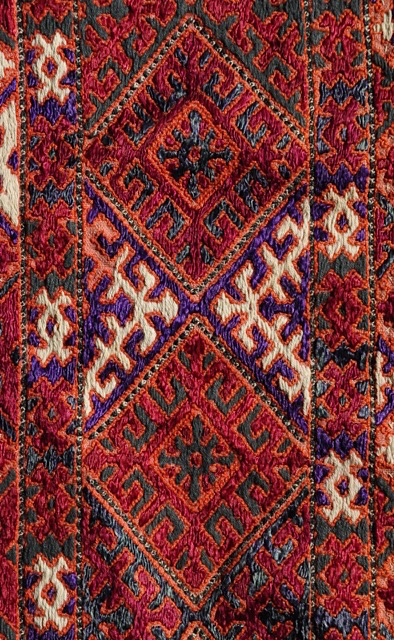
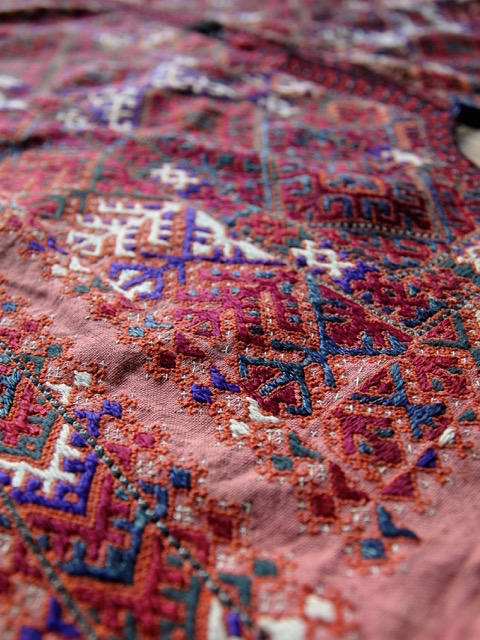
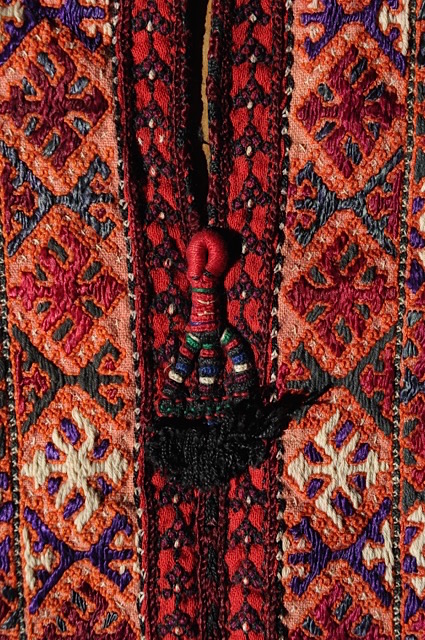
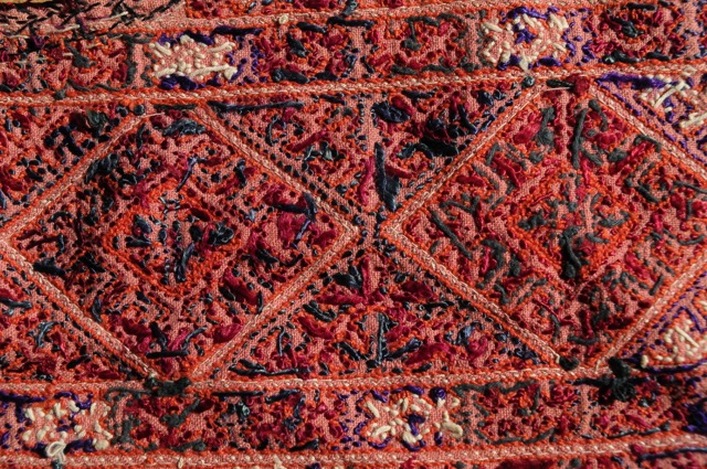
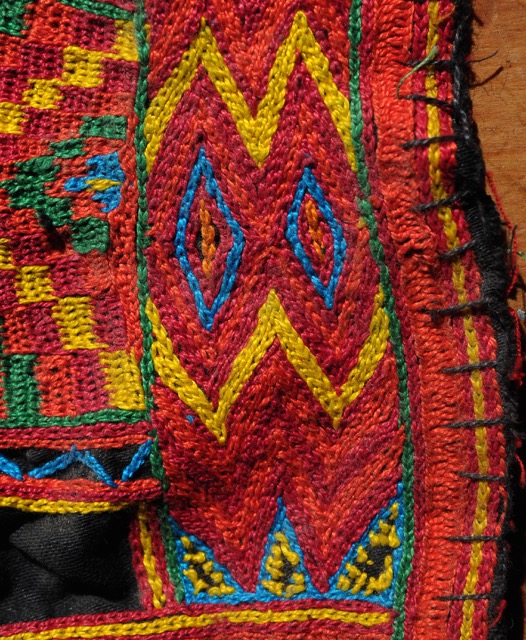
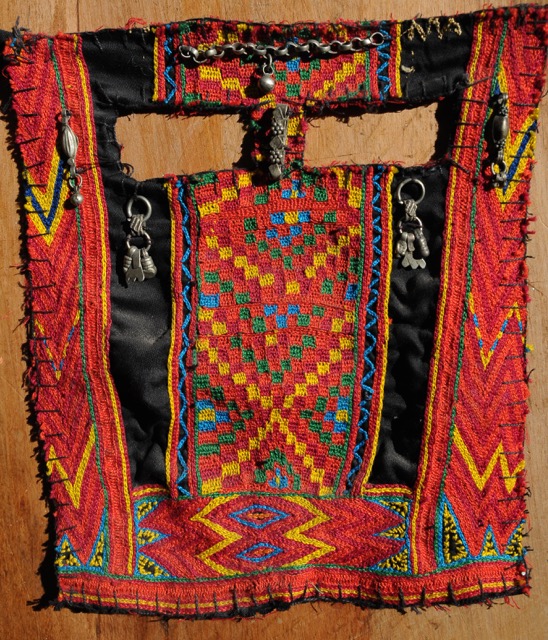
 RSS Feed
RSS Feed
